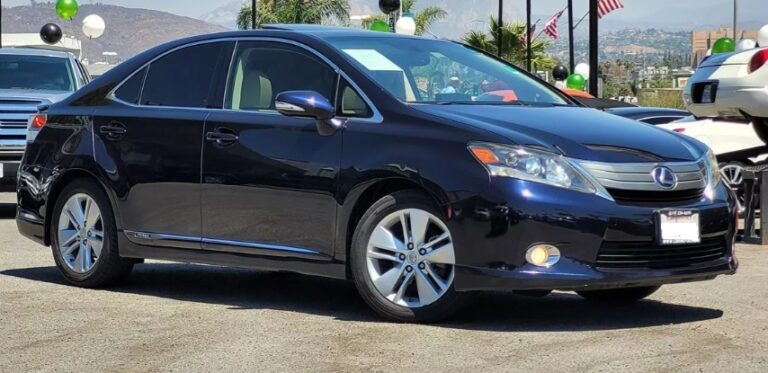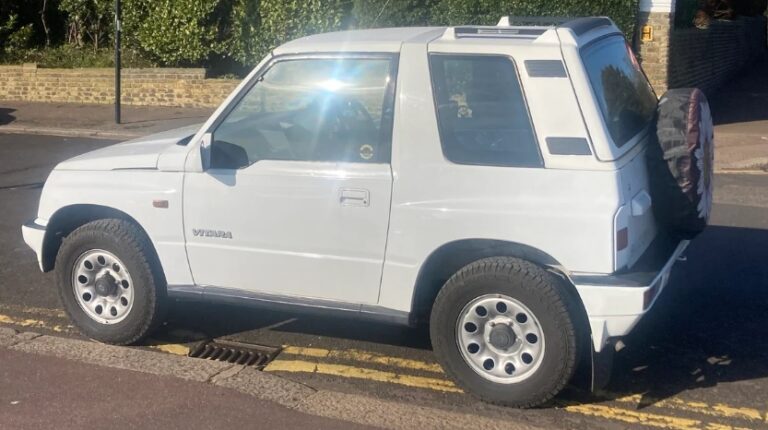The Evolution of the Ford Orion
The Ford Orion was a small family car manufactured by Ford Europe, primarily serving the European market from the early 1980s through the late 1990s. Its development reflected Ford’s strategic response to the competitive compact car segment, aiming to combine practicality, affordability, and modern styling. Over its production lifespan, the Orion underwent significant changes in design, engineering, and trim offerings, evolving from a compact hatchback and sedan to a more refined and versatile vehicle.
Origins and Introduction (1983)
The Ford Orion was introduced in 1983 as a successor to the Ford Cortina, which had been a staple in Ford’s European lineup for decades. It was built on the Ford Escort’s platform but positioned as a more upscale alternative. The Orion was part of Ford’s wider family of models, sharing components and design cues with the Escort but offering a more refined ride and higher trim levels.
The first-generation Ford Orion (Mark I) was launched in the UK in 1983 and was available in hatchback and sedan variants. It aimed to compete with other small family cars like the Vauxhall Astra, Volkswagen Golf, and Opel Kadett.
First Generation (1983–1989)
- Production Years: 1983–1989
- Models: 3-door hatchback, 5-door hatchback, 4-door sedan
- Platform: Ford Escort Mark III
Trim Levels and Features:
- Base Models: L, GL, Ghia
- Special Editions: Notably, the Orion Ghia gained popularity for its higher trim and luxury features
- Engines: Ranged from 1.3L to 1.6L OHC petrol engines; a 1.6L diesel was also available in later years
The first-generation Orion was well-received for its solid build quality, comfortable ride, and modern styling. The Ghia trim, in particular, offered features such as velour upholstery, better trim details, and upgraded interior options.
The Second Generation (1989–1997)
In 1989, Ford launched the second-generation Orion (Mark II), which represented a significant redesign. It was built on the Ford Escort Mark IV platform, with styling that aligned more closely with contemporary trends and improved aerodynamics.
The Mark II Orion was larger than its predecessor, offering more interior space and comfort. It was available in hatchback and sedan variants, with a focus on improving safety, ride quality, and fuel efficiency.
Production Years: 1989–1997
Models and Trim Levels:
Throughout its production run, the Orion was offered in several trim levels, tailored to different customer preferences:
- L: The entry-level trim, focusing on affordability and basic features
- CL: An upgraded trim with additional comfort and convenience features
- GL: Mid-range with improved interior appointments, better audio systems, and alloy wheels
- Ghia: The flagship trim, emphasizing luxury, with features like velour upholstery, power windows, and additional interior trim
Engine Options:
- Petrol engines ranged from 1.4L to 1.8L, with some markets receiving a 2.0L version
- Diesel options included 1.8L and 1.9L diesel engines, targeted at fleet and economy buyers
- Special models included sporty variants and special editions like the Orion XR3
Special and Performance Models:
- Orion XR3: Launched in 1990, this sporty version featured a 1.6L or 1.8L engine tuned for increased performance, sporty suspension, and distinctive styling cues like alloy wheels, sport seats, and unique decals.
- Orion Ghia 2.0i: Offered in later years, combining the luxury of Ghia trim with a more powerful 2.0L engine.
Features and Innovations:
The second-generation Orion saw improvements like:
- Enhanced safety features including optional anti-lock brakes (ABS)
- More aerodynamic styling
- Improved suspension for better ride comfort
- A wider range of engines, including fuel-injected options
- Introduction of electronic fuel injection (EFI) on higher trims and engines
End of Production and Legacy (1997)
By the late 1990s, Ford began consolidating its model lineup, and the Orion was phased out. Its successor in many markets was the Ford Focus, launched in 1998, which offered a new level of design, technology, and performance standards.
Reasons for Discontinuation:
- Increasing competition from newer models
- Changing consumer preferences towards hatchbacks and compact cars with more advanced features
- Ford’s strategic shift towards global platform sharing and the development of the Focus
Total Production Span: 1983–1997 (across both generations)
Overview of the Ford Orion’s Evolution
Design and Styling:
- The first-generation Orion featured boxy, angular lines typical of early 1980s design, with a focus on practicality.
- The second-generation adopted a more rounded, aerodynamic shape aligned with late 1980s and early 1990s styling trends.
Engineering and Safety:
- Progressive improvements in chassis rigidity, suspension, and safety features.
- Introduction of optional anti-lock braking systems and improved crash protection in later years.
Market Positioning:
- The Orion was positioned as a higher-trim alternative to the Escort, targeting small families and fleet buyers.
- Its sporty XR3 variant appealed to younger buyers seeking performance.
Trim and Model Variants:
- The model range included basic L models to well-equipped Ghia trims.
- Special editions and performance variants added diversity to the lineup.
.
You’ve got that cool car, but is it resting in its own cool place?
It’s visually pleasing for the surrounding areas outside of your home to look as awesome as what’s stored inside your garage! If you desire a truly inspirational environment, you should check into these plans!

.
The Ford Orion’s Impact and Legacy
While not as globally renowned as some of Ford’s other models, the Orion played a significant role in the European small family car segment during its production years. It offered a practical, affordable, and relatively stylish option for consumers, with a range of trims and engine choices catering to different needs.
Its sporty variants, such as the XR3, are remembered fondly by enthusiasts today for their blend of everyday usability and sporty appeal. The Orion’s evolution reflects broader trends in automotive design and engineering during the 1980s and 1990s, including increased focus on safety, aerodynamics, and comfort.
Conclusion
The Ford Orion’s lifecycle from 1983 to 1997 encapsulates nearly two decades of European automotive evolution. From its modest beginnings as a practical family car to its later incarnation as a more refined and sporty vehicle, the Orion exemplified Ford’s commitment to offering versatile and affordable transportation. While it eventually gave way to more modern models like the Ford Focus, the Orion remains a noteworthy chapter in Ford’s history and a testament to the brand’s adaptability and focus on European consumers’ needs.







